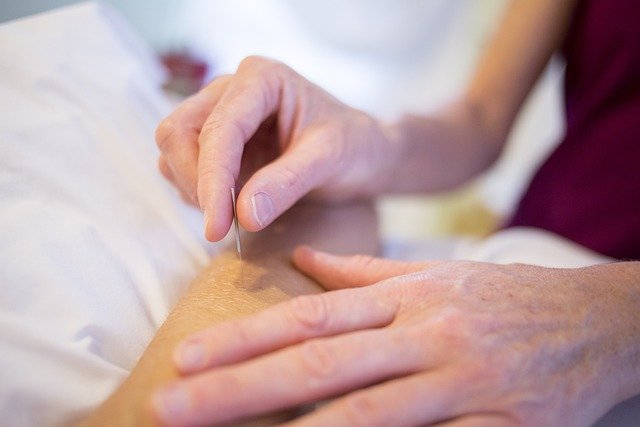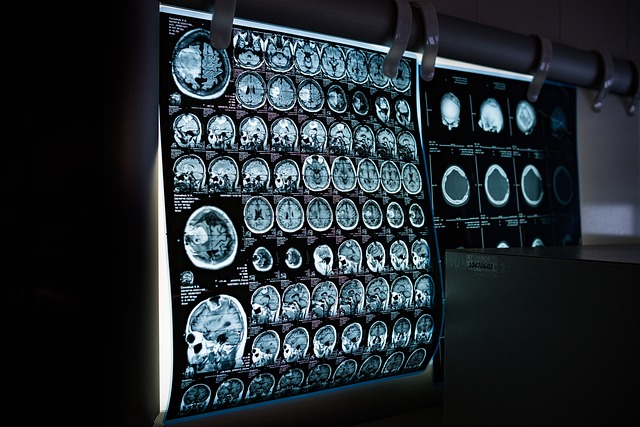Effective Treatments for Post Nasal Drip: Finding Relief From Chronic Symptoms
Post-nasal drip treatment aims to reduce excess mucus and relieve throat irritation caused by allergies, infections, or sinus issues. Approaches may include nasal irrigation, hydration, antihistamines, or decongestants, helping restore comfort and improve breathing.

Understanding Post Nasal Drip Treatment Options
Post nasal drip treatments generally fall into several categories, each targeting different causes and symptoms. The most effective approach often depends on identifying the underlying cause of your symptoms. Common treatment categories include over-the-counter medications, prescription treatments, home remedies, and lifestyle modifications. For chronic or severe cases, medical procedures may be necessary. Your healthcare provider can help determine which options are most appropriate based on the severity of your symptoms, medical history, and the suspected cause of your post nasal drip.
Most Effective Medications for Post Nasal Drip Relief
Several medication types can effectively address post nasal drip symptoms. Antihistamines like loratadine (Claritin) and cetirizine (Zyrtec) block histamine production, reducing mucus production when allergies are the cause. Decongestants such as pseudoephedrine (Sudafed) shrink swollen blood vessels and tissues, decreasing mucus production. Nasal corticosteroids like fluticasone (Flonase) and mometasone (Nasonex) reduce inflammation in the nasal passages, particularly effective for allergic rhinitis. For cases caused by acid reflux, proton pump inhibitors might be prescribed. Antibiotics are only appropriate when a bacterial infection is confirmed as the underlying cause.
Natural Remedies and Home Treatments for Post Nasal Drip
Many people find significant relief from post nasal drip through natural approaches. Saline nasal irrigation, using devices like neti pots or saline sprays, helps flush excess mucus and irritants from nasal passages. Staying well-hydrated thins mucus secretions, making them less noticeable and easier to clear. Humidifiers add moisture to dry indoor air, preventing mucus from becoming too thick and sticky. Herbal remedies like ginger tea, honey with warm water, or bromelain supplements have shown promising results for some sufferers. Steam inhalation can provide temporary relief by loosening mucus and soothing irritated nasal passages. These natural approaches can complement medical treatments or provide relief for milder cases.
Lifestyle Changes That Reduce Post Nasal Drip
Simple adjustments to your daily habits can significantly impact post nasal drip symptoms. Identifying and avoiding allergens such as dust, pet dander, or pollen can prevent allergic reactions that trigger excessive mucus production. Dietary modifications, particularly eliminating dairy products, spicy foods, and alcohol, help some individuals reduce mucus production. Elevating the head while sleeping prevents mucus from pooling in the throat. Proper hydration—drinking at least eight glasses of water daily—keeps mucus thin and less problematic. For those with environmental sensitivities, using air purifiers with HEPA filters can remove airborne irritants that exacerbate symptoms.
When to See a Doctor for Post Nasal Drip Treatment
While many post nasal drip cases respond well to self-care and over-the-counter remedies, certain situations warrant medical attention. Persistent symptoms lasting more than ten days, especially when accompanied by fever, foul-smelling discharge, or severe headaches, should prompt a doctor visit. Difficulty breathing or swallowing, blood in mucus, or unexplained weight loss are all warning signs requiring immediate medical evaluation. Chronic post nasal drip that interferes with sleep or daily activities despite self-treatment attempts likely needs professional assessment. Healthcare providers can conduct physical examinations, allergy testing, or imaging studies to identify underlying causes and develop appropriate treatment plans for complicated cases.
Comparing Professional Post Nasal Drip Treatment Options
For persistent or severe cases, medical professionals may recommend more advanced treatment options beyond standard medications and home remedies.
| Treatment Approach | Typical Provider | Benefits | Cost Estimation |
|---|---|---|---|
| Allergy Immunotherapy | Allergist/Immunologist | Long-term reduction in allergy symptoms | $800-$1,500 per year |
| Sinus Surgery | ENT Specialist | Addresses structural issues causing chronic drainage | $5,000-$12,000 depending on procedure |
| Advanced Imaging & Diagnosis | ENT or Pulmonologist | Precise identification of underlying causes | $200-$700 for CT scans |
| Prescription Medication Regimen | Primary Care Physician | Tailored medical approach for complex cases | $30-$200 monthly depending on medication |
| Environmental Assessment | Environmental Health Specialist | Identification of hidden triggers in home/work | $300-$800 for comprehensive assessment |
Prices, rates, or cost estimates mentioned in this article are based on the latest available information but may change over time. Independent research is advised before making financial decisions.
The appropriate treatment often depends on correctly identifying the specific cause of your post nasal drip. While allergic rhinitis might respond well to antihistamines and immunotherapy, structural issues might require surgical intervention. Gastroesophageal reflux disease (GERD) causing post nasal drip would need acid-suppressing medications rather than nasal treatments.
Finding Long-Term Post Nasal Drip Relief
Achieving lasting relief from post nasal drip typically requires a comprehensive approach. Many sufferers find the most success with a combination of medical treatments, lifestyle modifications, and environmental controls tailored to their specific triggers and symptoms. Keeping a symptom journal can help identify patterns and triggers, allowing for more targeted interventions. For chronic cases, working with healthcare providers to develop a long-term management plan is essential. This might include seasonal medication adjustments, regular follow-ups to monitor treatment effectiveness, and ongoing environmental modifications. With persistence and the right treatment approach, most people can achieve significant improvement in their post nasal drip symptoms and enjoy better quality of life.
This article is for informational purposes only and should not be considered medical advice. Please consult a qualified healthcare professional for personalized guidance and treatment.




